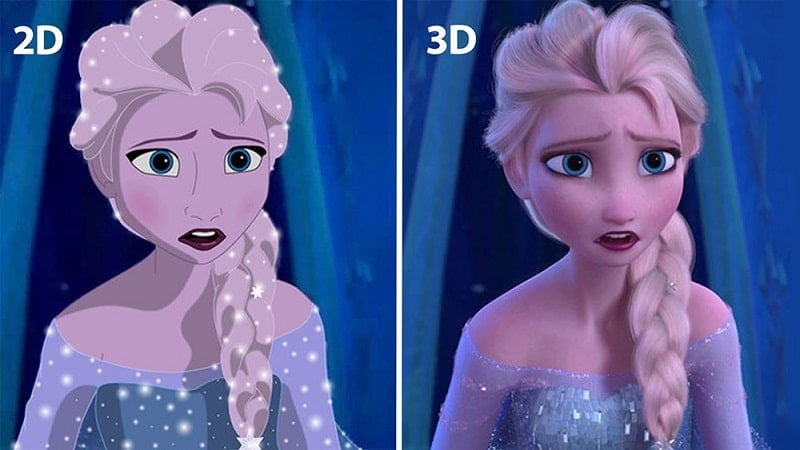Three-dimensional (3D) animation is a form of animation that has revolutionized the way we perceive and interact with digital media. In this article, we will provide a comprehensive guide to understanding 3D animation, including its history, techniques, and applications.
What is 3D Animation?
3D animation is the process of creating moving images using computer software that enables the creation of three-dimensional objects. It involves creating a 3D model, applying textures and colors, and animating the model to create the illusion of movement.
History of 3D Animation
The history of 3D animation can be traced back to the 1960s when Ivan Sutherland created the first computer graphics program, Sketchpad. However, it was not until the 1990s that 3D animation became widely used in the entertainment industry with the release of films such as Toy Story and Jurassic Park.
Techniques of 3D Animation
There are several techniques used in 3D animation, including:
- Modeling: Modeling is the process of creating a 3D object using specialized software such as Blender or Maya. The model is created using a set of polygons, which are connected to form the object.
- Texturing: Texturing involves applying colors, patterns, and other visual effects to the 3D model. This process can help create a more realistic and detailed image.
- Rigging: Rigging is the process of adding a skeleton to the 3D model. This skeleton allows the animator to manipulate the model and create movements.
- Animation: Animation involves creating movement in the 3D model. This is done by creating a sequence of keyframes, which define the position and movement of the model at a specific time.
Applications of 3D Animation
3D animation has a wide range of applications, including:
- Film and Television: 3D animation is widely used in the film and television industry to create special effects, character animation, and entire worlds.
- Video Games: 3D animation is used in video games to create characters, environments, and special effects.
- Architecture and Engineering: 3D animation is used in architecture and engineering to create 3D models of buildings and other structures.
- Medical Visualization: 3D animation is used in medical visualization to create 3D models of organs and other body parts.
Advantages of 3D Animation
There are several advantages to using 3D animation, including:
- Realism: 3D animation can create realistic images and environments that are difficult or impossible to achieve with traditional animation techniques.
- Flexibility: 3D animation allows animators to easily modify and manipulate objects, characters, and environments.
- Time-saving: 3D animation can save time and money by eliminating the need for physical props and sets.
Disadvantages of 3D Animation
There are also some disadvantages to using 3D animation, including:
- Cost: 3D animation can be expensive due to the need for specialized software and hardware.
- Learning curve: 3D animation requires a steep learning curve, and it may take time for animators to become proficient.
- Hardware limitations: 3D animation requires a powerful computer with specialized hardware, which may not be available to all animators.
3D animation is a powerful tool that has revolutionized the way we perceive and interact with digital media. It has a wide range of applications, from film and television to architecture and engineering. While there are some disadvantages to using 3D animation, the advantages outweigh the costs and learning curve, making it a valuable tool for modern animators.
